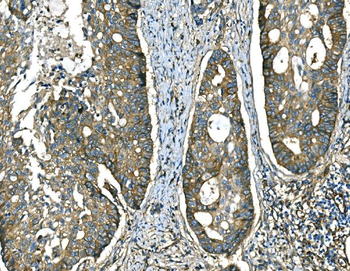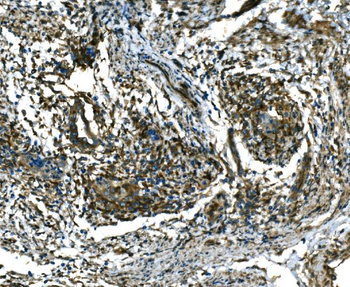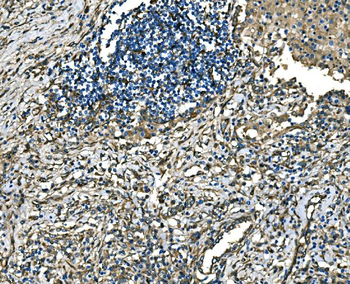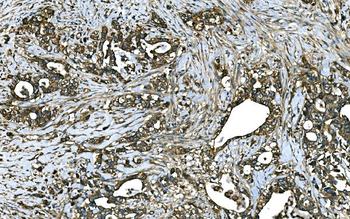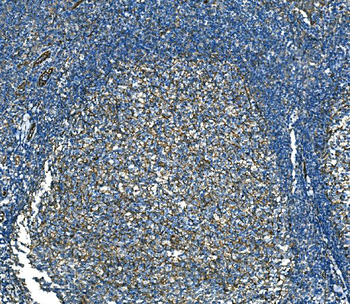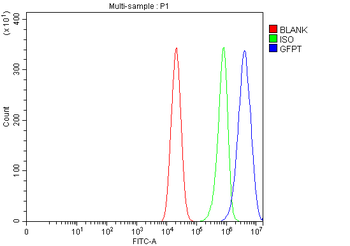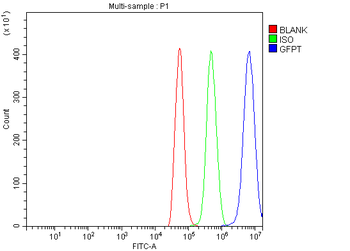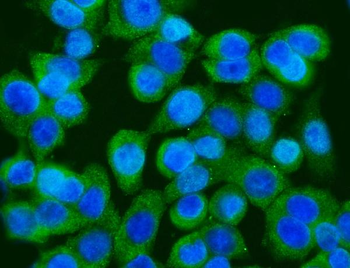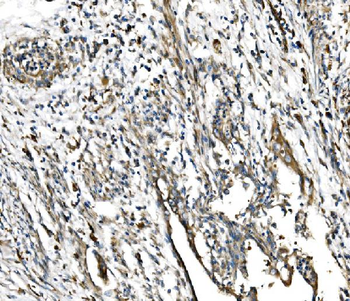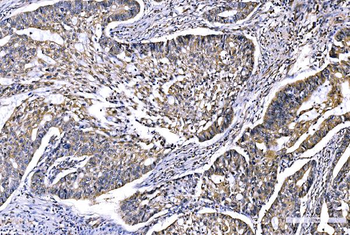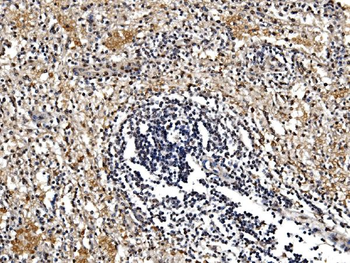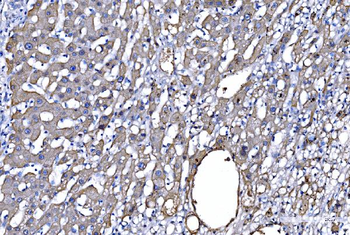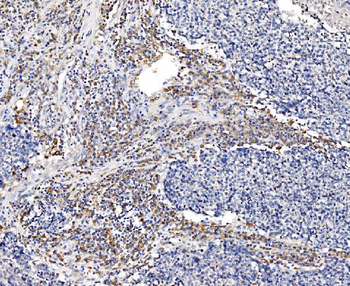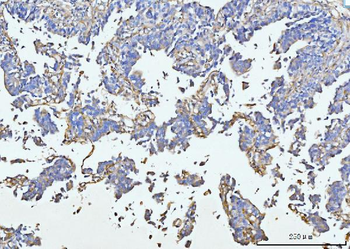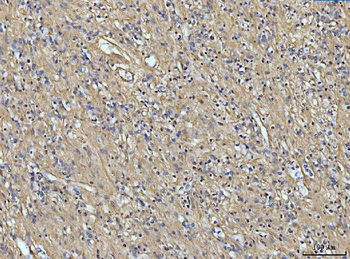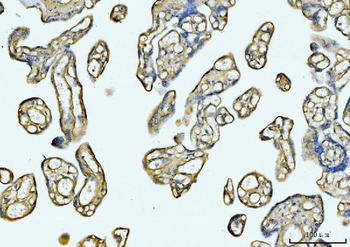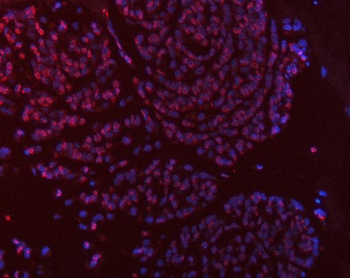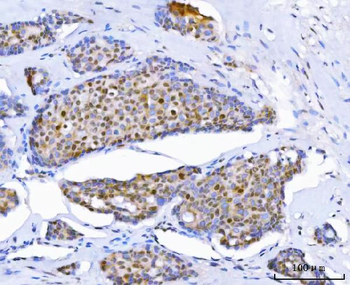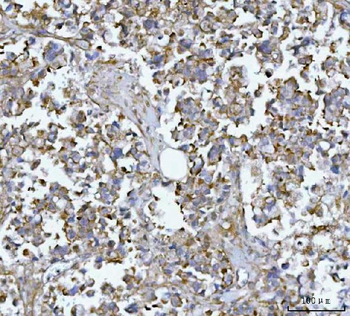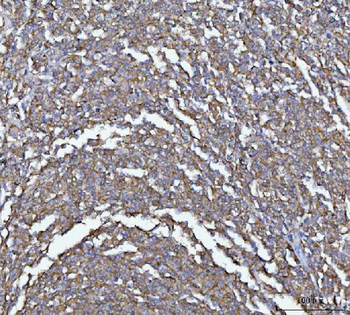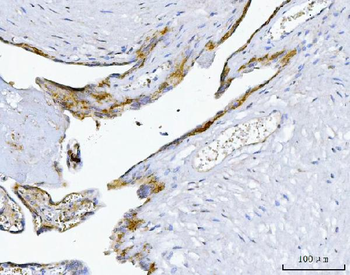You have no items in your shopping cart.
IL-3 Antibody
Catalog Number: orb1823334
| Catalog Number | orb1823334 |
|---|---|
| Category | Antibodies |
| Description | Interleukin-3, or IL-3, is a pleiotropic cytokine that is primarily secreted by activated T lymphocytes and stimulates the proliferation and differentiation of hematopoietic cells. IL-3 not only supports growth of both pluripotent stem cells and the more differentiated committed progenitors, but it also stimulates the functional activity of some fully differentiated cells. IL-3 has also been shown to protect mast cells from undergoing apoptosis. IL-3 exerts its biological effects through a receptor which consists of a ligand-specific Alpha subunit and a signal transducing beta subunit common to the IL-3/IL-5/GM-CSF receptors. The carboxy terminus of the beta subunit has been shown to be necessary for activation of the MAP kinase signaling pathway. Although the IL-3 receptor has no intrinsic kinase activity, stimulation with IL-3 leads to tyrosine phosphorylation of the JAK/Tyk 2 family member, JAK2, which in turn activates and causes nuclear translocation of Stat5a and Stat5b. |
| Clonality | Monoclonal |
| Species/Host | Mouse |
| Isotype | Mouse IgG1, kappa |
| Conjugation | Unconjugated |
| Reactivity | Human |
| Immunogen | A recombinant fragment of human Interleukin 3 protein was used as the immunogen for the IL-3 antibody. |
| UniProt ID | P08700 |
| Tested applications | IHC-P |
| Dilution range | Immunohistochemistry (FFPE): 1-2ug/ml for 30 min at RT |
| Antibody Type | Primary Antibody |
| Clone Number | IL3/4003 |
| Formula | 0.2 mg/ml in 1X PBS with 0.1 mg/ml BSA (US sourced), 0.05% sodium azide |
| Storage | Maintain refrigerated at 2-8°C for up to 2 weeks. For long term storage store at -20°C in small aliquots to prevent freeze-thaw cycles. |
| Note | For research use only |
| Expiration Date | 12 months from date of receipt. |

Analysis of a HuProt (TM) microarray containing more than 19000 full-length human proteins using IL-3 antibody (clone IL3/4003). Z- and S- Score: The Z-score represents the strength of a signal that a monoclonal antibody (in combination with a fluorescently-tagged anti-IgG secondary antibody) produces when binding to a particular protein on the HuProt (TM) array. Z-scores are described in units of standard deviations (SD's) above the mean value of all signals generated on that array. If targets on HuProt (TM) are arranged in descending order of the Z-score, the S-score is the difference (also in units of SD's) between the Z-score. S-score therefore represents the relative target specificity of a mAb to its intended target. A mAb is considered to be specific to its intended target, if the mAb has an S-score of at least 2.5. For example, if a mAb binds to protein X with a Z-score of 43 and to protein Y with a Z-score of 14, then the S-score for the binding of that mAb to protein X is equal to 29.

IHC staining of FFPE human adrenal gland tissue with IL-3 antibody (clone IL3/4003). HIER: boil tissue sections in pH9 10 mM Tris with 1 mM EDTA for 20 min and allow to cool before testing.
RAB13 Antibody [orb1097974]
ELISA, FC, ICC, IF, IHC, WB
Human, Rat
Rabbit
Polyclonal
Unconjugated
100 μgThymidylate Synthase/TYMS Antibody [orb1402114]
ELISA, IF, IHC, WB
Human, Monkey, Rat
Rabbit
Polyclonal
Unconjugated
100 μgMIM/MTSS1 Antibody [orb1152329]
ELISA, FC, IHC, WB
Human, Mouse, Rat
Rabbit
Polyclonal
Unconjugated
100 μg
IL-3 Antibody (orb1823334)
Participating in our Biorbyt product reviews program enables you to support fellow scientists by sharing your firsthand experience with our products.
Login to Submit a Review



